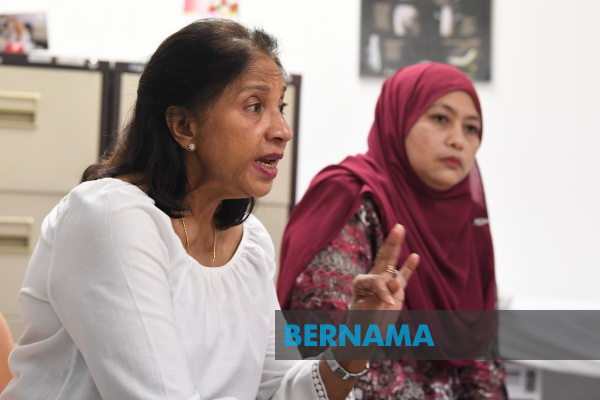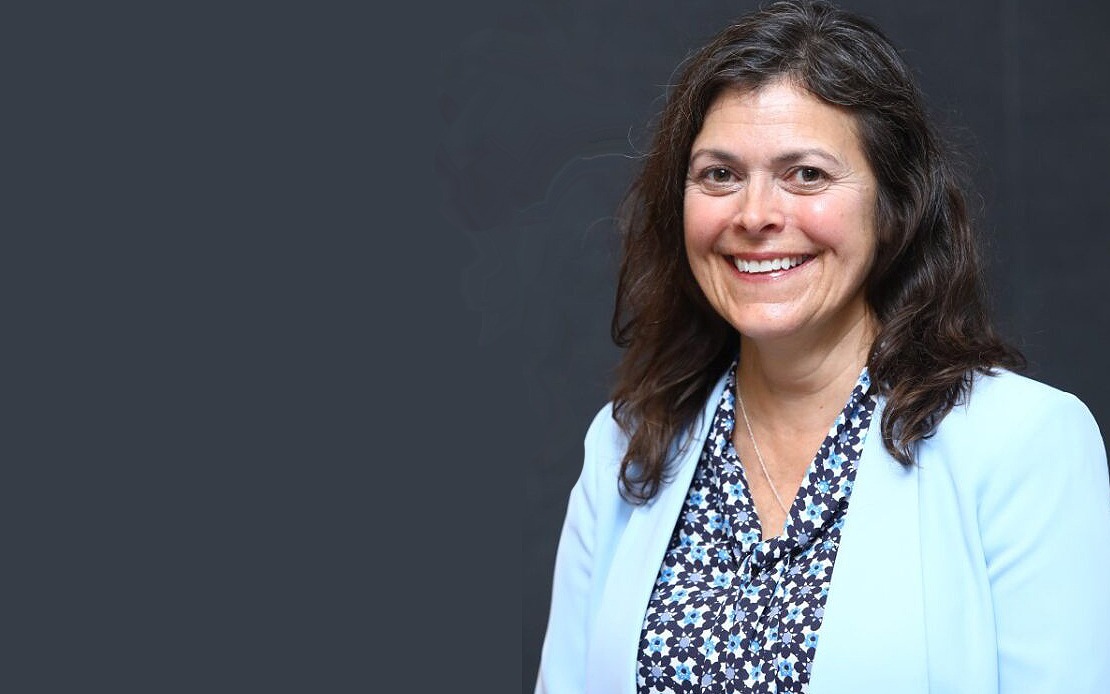Living With Rheumatoid Arthritis

By Ainul Huda Mohamed Saaid
This article is in conjunction with World Arthritis Day which falls on Saturday, Oct 12.
KUALA LUMPUR (Bernama) -- It happened suddenly. One morning in 2006, Lokasundari Vijaya Sankar, a former lecturer from Petaling Jaya, woke up with her whole body feeling stiff.
She could hardly move. Of course, it took her a very long time to get to the bathroom that day.
She somehow was able to guess what was happening to her. Two years before the incident, Lokasundari was tested positive for rheumatoid factor.
After a series of tests, it was confirmed that she had rheumatoid arthritis (RA) and she started undergoing treatment at Selayang Hospital near here.
However, it took some time for the medications to work.
“The first year with RA was very, very hard for me, in the sense that I was a lecturer but I couldn't even hold a pen because all my small joints were stiff.
“You can’t hold a pen, you can’t open the door, your knees are swollen, your ankles are swollen... wherever there are joints, they are swollen. Your back hurts, your shoulder hurts, everything hurts,” said Lokasundari, 66, recollecting her painful experience.
Another RA patient Masfuzah Ramli, a 47-year-old administrative executive from Rawang, also shared her experience during the early years of living with the disease.
"I couldn't walk and I needed someone to carry me to the toilet. Sometimes, I would ease myself even before reaching the toilet.
"Indeed, I felt my life was hopeless. I felt like giving up. I couldn't do any housework as even lifting a tiny object was so painful," said Masfuzah, who was diagnosed with RA in 2013.
ABOUT RA
Arthritis is the swelling and tenderness of one or more joints, with its main symptoms being joint pain and stiffness and decreased range of motion.
One of the most common types of arthritis is RA, an autoimmune disease.
Selayang Hospital rheumatology consultant Dr Mollyza Mohd Zain explained that when someone has an autoimmune condition, the body’s immune system mistakenly attacks the body’s healthy tissues, such as the joints, thus causing inflammation.
In RA, the inflammation in a joint can lead to swollen and tender joints; swelling and stiffness in the joints in the morning that can last for over half an hour; severe tiredness or fatigue; and a general feeling of being unwell.
“The disease often starts in the small joints of the hands and feet and it’s usually symmetrical. “It can start quite slowly and then gradually get worse, or it can start more aggressively,” she said, adding that RA can affect adults of any age but most commonly, it starts between the age of 40 and 60.
The disease is also more prevalent among women than men.
Other common forms of arthritis are osteoarthritis, lupus or systemic lupus erythematosus (SLE), gout and psoriatic arthritis.
EARLY DETECTION IMPROVES QUALITY OF LIFE
Dr Mollyza stressed that as with many other conditions, an early diagnosis of RA can lead to a significant difference in a person's outlook.
She said the early stages of the condition tend to involve less inflammation, which is easier to control with anti-inflammatory drugs.
Receiving appropriate treatment at this stage can prevent permanent joint damage and minimise the impact of RA on one's quality of life.
“Late diagnosis carries the risk of inflammation already being chronic, which can be difficult to treat. There is also an increased risk of permanent joint damage,” she said, adding that with the advances in medications and other treatments, the prognosis for RA is better than ever before.
One of the most overlooked aspects of RA and other forms of arthritis is that patients have to cope with living with a disability. In fact, many of them end up having to use a wheelchair.
Their jobs and daily routines are hindered due to the disease.
Lokasundari said she is grateful to her faculty dean for understanding her condition and giving her classes only in the morning.
When she was working, she had to wake up early to get ready for work "because it took so long for my body to loosen up.
"By 1 (pm) I was so tired that I just wanted to sleep,” she said.
Lokasundari fought RA with exercise. With the help of her personal trainer, she used to train thrice a week even when her joints were swollen and hurting.
“During the first year, even with medication, it took sometime before I actually started seeing some results.
“But I can tell you that exercise helps because the muscles around the joints become stronger when you work on them. When the muscles get stronger, they can hold the joints better,” she said.
As for Masfuzah, participating in local community activities and spending time with friends helped to elevate her spirits.
"When I am with my friends, I feel empowered. My friends, especially my colleagues, helped me a lot in the past when I could hardly walk. They would get lunch for me and help me to walk to the toilet," she said.
Both Lokasundari and Masfuzah advised arthritis patients not to isolate themselves from social activities. They said although there are those who would think negatively of RA patients, many of them are not aware or fully understand what the disease is all about.
...................................................................................................…
SIDEBAR
In order to curb inflammation in RA, disease-modifying anti-rheumatic drugs (DMARDs) are used to provide some relief.
There are two types of DMARDs, namely non-biologic and biologic.
The non-biologic drug works to generally suppress the immune system, whereas the biologic drug focuses on certain parts of the inflammatory pathway.
Biologic medicine has in recent years been produced in tablet form whereas previously, patients received DMARDs via injections.
Meanwhile, last year, a team of orthopaedic surgeons from Universiti Kebangsaan Malaysia's Hospital Canselor Tuanku Muhriz announced a breakthrough in the treatment of osteoarthritis using stem cells derived from the umbilical cord.
Their research since 2016 showed that cartilage joint is re-established completely after a year without any side effects although the surface is not as smooth as the original cartilage.
Edited by Rema Nambiar
BERNAMA
HealthEdge
EXCLUSIVE

Pet Vaccination, Public Awareness And Surveillance Key Towards Rabies-free Southeast Asia - Experts
KUCHING, Dec 11 (Bernama) -- The goal of making Southeast Asia free from human rabies can be achieved through a total understanding of the disease, how it can be prevented and responsible pet ownership among communities, say experts.
read more ››IN FOCUS

TAVI KAEDAH BAIK PULIH INJAP JANTUNG TANPA PEMBEDAHAN



